Introduction to Blue Oyster Mushrooms
Blue oyster mushrooms (Pleurotus ostreatus var. columbinus) are a captivating variety of the popular oyster mushroom family, distinguished by their stunning blue-gray coloration and shell-like appearance. These visually striking fungi have gained popularity not only for their unique aesthetic appeal but also for their versatility in the kitchen and impressive nutritional profile.
Native to subtropical and temperate regions, blue oyster mushrooms grow naturally on decaying hardwood trees and logs. However, their rising popularity has led to widespread cultivation, making them increasingly accessible to home cooks and mushroom enthusiasts alike. Unlike many other gourmet mushrooms, blue oyster mushrooms are relatively easy to grow, which has contributed to their growing presence in home gardens and kitchens around the world.
In this comprehensive guide, we'll explore everything you need to know about blue oyster mushrooms – from their distinctive characteristics and nutritional benefits to cultivation techniques and culinary applications. Whether you're a seasoned mushroom forager, an aspiring home grower, or simply a food enthusiast looking to expand your culinary horizons, this article will provide valuable insights into the fascinating world of blue oyster mushrooms.

Physical Characteristics and Identification
Understanding the distinguishing features of blue oyster mushrooms is essential for proper identification, especially if you're foraging in the wild or confirming the identity of cultivated specimens.
Appearance
Blue oyster mushrooms present with several distinctive visual characteristics:
- Cap: They feature broad, fan or shell-shaped caps that range from 2 to 8 inches (5-20 cm) in diameter. The caps are smooth with a velvety texture when young.
- Color: Young specimens display a vibrant blue-gray hue that gradually fades to a more subdued gray or tan as they mature.
- Gills: The underside reveals whitish gills that run down the short stem (decurrent gills).
- Stem: The stems are typically short, thick, and off-center or lateral rather than central.
- Growth Pattern: They grow in clusters or shelves, often overlapping one another.
How to Identify Blue Oyster Mushrooms
When identifying blue oyster mushrooms, look for these key features:
- The distinctive bluish-gray coloration, especially in younger specimens
- The shell or oyster-shaped caps growing in overlapping clusters
- White to cream-colored spore print
- Short, off-center stems
- White, decurrent gills running down the stem
It's worth noting that while blue oyster mushrooms have few dangerous look-alikes, proper identification is crucial before consumption. When in doubt, consult with an experienced mycologist or mushroom expert.
Nutritional Profile
Blue oyster mushrooms are not only visually appealing and delicious but also pack an impressive nutritional punch, making them a valuable addition to any health-conscious diet.
Macronutrients
For a 100-gram (approximately 1 cup) serving of blue oyster mushrooms:
- Calories: 38 calories
- Protein: 3.3 grams
- Carbohydrates: 6.1 grams
- Dietary Fiber: 2.3 grams
- Fat: 0.4 grams
This macronutrient profile makes blue oyster mushrooms an excellent low-calorie food that's relatively high in protein and fiber compared to many other vegetables.
Vitamins and Minerals
Blue oyster mushrooms are particularly rich in:
- B Vitamins: Especially niacin (vitamin B3), riboflavin (vitamin B2), and pantothenic acid (vitamin B5)
- Vitamin D: When exposed to UV light, they can produce significant amounts of vitamin D2
- Potassium: Essential for heart health and fluid balance
- Phosphorus: Important for bone health
- Iron: Critical for blood health and oxygen transport
- Copper: Supports immune function and nerve health
- Zinc: Important for immune function and wound healing
Bioactive Compounds
Beyond basic nutrients, blue oyster mushrooms contain several bioactive compounds that contribute to their health benefits:
- Beta-glucans: Complex polysaccharides with immune-modulating properties
- Ergothioneine: A powerful antioxidant
- Lovastatin: A natural compound that may help manage cholesterol levels
- Polyphenols: Plant compounds with antioxidant properties
This rich nutritional profile makes blue oyster mushrooms a valuable addition to a balanced diet, offering significant nutritional value with minimal calories.
Health Benefits of Blue Oyster Mushrooms
The unique combination of nutrients and bioactive compounds in blue oyster mushrooms contributes to numerous potential health benefits.
Immune System Support
Blue oyster mushrooms contain beta-glucans, which are complex polysaccharides known to modulate immune function. These compounds may help:
- Enhance the activity of immune cells
- Support the body's natural defense mechanisms
- Potentially reduce the risk of infections
The presence of selenium, zinc, and vitamin D in these mushrooms further contributes to their immune-boosting properties.
Heart Health Benefits
Several components of blue oyster mushrooms may support cardiovascular health:
- Fiber: The dietary fiber helps reduce cholesterol absorption in the intestines
- Potassium: Helps regulate blood pressure by counteracting the effects of sodium
- Lovastatin: A natural statin that may help manage cholesterol levels
- Antioxidants: Help reduce inflammation and oxidative stress, which are risk factors for heart disease
Research suggests that regular consumption of oyster mushrooms may help lower blood cholesterol and triglyceride levels, potentially reducing the risk of heart disease.
Blood Sugar Regulation
Blue oyster mushrooms may help support healthy blood sugar levels through several mechanisms:
- Fiber: Slows the absorption of sugar into the bloodstream
- Low Glycemic Index: With less than 0.4 grams of glucose per cup, they have minimal impact on blood sugar
- Bioactive Compounds: Some components may help improve insulin sensitivity
Studies have shown that oyster mushrooms may help lower both fasting and post-meal blood sugar levels, making them potentially beneficial for individuals managing diabetes or at risk for the condition.
Antioxidant Protection
Blue oyster mushrooms contain various antioxidants that help combat oxidative stress in the body:
- Ergothioneine: A unique antioxidant found primarily in mushrooms
- Polyphenols: Including gallic acid and other compounds
- Selenium: A mineral that supports the body's antioxidant enzymes
These antioxidants help neutralize free radicals, potentially reducing the risk of chronic diseases and supporting overall cellular health.
Weight Management Support
For those focused on weight management, blue oyster mushrooms offer several advantages:
- Low in Calories: Providing only 38 calories per cup
- High in Fiber: Promoting satiety and fullness
- Substantial Texture: Creating a satisfying, meat-like eating experience without the calories or fat of meat
Their substantial texture and umami flavor make them an excellent meat substitute in many dishes, potentially reducing overall calorie and fat intake.
Anti-Inflammatory Properties
Research suggests that compounds in blue oyster mushrooms may help reduce inflammation in the body:
- Polysaccharides: May help modulate inflammatory responses
- Antioxidants: Help combat oxidative stress that can trigger inflammation
- Bioactive Peptides: May have direct anti-inflammatory effects
This anti-inflammatory potential may help reduce the risk of chronic inflammatory conditions and support overall health.

Cultivating Blue Oyster Mushrooms
One of the most appealing aspects of blue oyster mushrooms is their relative ease of cultivation, making them an excellent choice for beginners in mushroom growing.
Growing Conditions
Blue oyster mushrooms thrive under the following conditions:
- Temperature: 45-65°F (7-18°C) for fruiting, though they can tolerate a broader range
- Humidity: 85-95% relative humidity
- Light: Indirect light is necessary for proper development and coloration
- Air Exchange: Good ventilation with maintained humidity
- Substrate pH: Slightly acidic to neutral (5.5-7.0)
Unlike many other mushroom varieties, blue oysters are quite forgiving and can produce good yields even when conditions aren't perfect.
Cultivation Methods
There are several popular methods for growing blue oyster mushrooms at home:
1. Using Grow Kits
For beginners, pre-made growing kits offer the simplest entry point:
- Purchase a blue oyster mushroom growing kit from a reputable supplier
- Open the kit according to instructions (typically cutting X-shapes in the plastic)
- Mist regularly to maintain humidity
- Harvest mushrooms when caps are fully developed but still slightly curled at the edges
Kits typically produce 1-2 flushes of mushrooms within 10-14 days of setup.
2. Substrate Bags Method
For more advanced growers:
- Prepare a substrate of pasteurized straw or hardwood sawdust with supplements like wheat bran
- Inoculate the substrate with blue oyster mushroom spawn
- Seal in filter patch bags to allow gas exchange while preventing contamination
- Incubate at 70-75°F (21-24°C) until fully colonized (2-3 weeks)
- Introduce fruiting conditions by lowering temperature, increasing humidity, and providing light
- Harvest when mushrooms are fully developed
This method can yield multiple flushes over several months.
3. Log Cultivation
For outdoor growing:
- Select hardwood logs (oak, maple, or poplar work well)
- Drill holes in a diamond pattern around the log
- Insert blue oyster mushroom spawn plugs
- Seal with food-grade wax
- Keep logs in a shaded, moist location
- Wait for mushrooms to fruit (often takes 6-12 months for first fruiting)
Log cultivation can produce mushrooms for several years with proper maintenance.
Common Cultivation Challenges
While blue oyster mushrooms are relatively easy to grow, be aware of these common issues:
- Contamination: Green or black mold growth indicates contamination
- Poor Air Exchange: Leads to leggy, malformed mushrooms with small caps
- Insufficient Humidity: Results in dried, cracked caps or aborted pinning
- Incorrect Temperature: Can delay or prevent fruiting
Regular monitoring and adjusting conditions as needed will help ensure successful harvests.
Harvesting and Storage
Proper harvesting and storage techniques help maximize the quality and shelf life of blue oyster mushrooms.
When to Harvest
Harvest blue oyster mushrooms when:
- The caps are fully developed but still slightly curled at the edges
- The color is vibrant blue-gray
- The texture is firm and springy
- The gills are fully formed
Typically, this occurs 5-7 days after the first pins (baby mushrooms) appear.
Harvesting Technique
To harvest blue oyster mushrooms:
- Grasp the cluster at the base where it connects to the substrate
- Twist gently while pulling to remove the entire cluster
- Alternatively, use a sharp knife to cut the cluster at the base
- Avoid leaving stumps on the substrate as these can become contaminated
Harvesting the entire cluster at once generally yields better results than picking individual mushrooms.
Storage Methods
Fresh blue oyster mushrooms can be stored:
- Refrigeration: Place in a paper bag (not plastic) in the refrigerator for 5-7 days
- Drying: Slice and dry in a food dehydrator at 110-120°F (43-49°C) until completely dry and brittle, then store in airtight containers for up to a year
- Freezing: Briefly sauté in butter or oil, cool, and freeze in airtight containers for up to 3 months
For maximum flavor and texture, it's best to use blue oyster mushrooms when fresh.
Culinary Uses and Recipes
Blue oyster mushrooms are prized in the kitchen for their versatility, meaty texture, and mild yet distinctive flavor profile.
Flavor Profile
Blue oyster mushrooms offer:
- A mild, subtly sweet taste
- Delicate anise or licorice notes
- A savory umami character
- A tender yet meaty texture when cooked
This combination makes them adaptable to numerous culinary applications across various cuisines.
Cooking Methods
Blue oyster mushrooms respond well to various cooking techniques:
Sautéing
One of the most popular methods:
- Tear mushrooms into bite-sized pieces
- Heat butter or oil in a pan over medium-high heat
- Add mushrooms and cook without stirring for 2-3 minutes
- Add garlic, herbs, and seasonings, then continue cooking until golden
- Finish with a splash of white wine or lemon juice if desired
Roasting
Creates intensified flavor and crispy edges:
- Tear mushrooms into pieces or leave small clusters intact
- Toss with olive oil, salt, pepper, and herbs
- Spread in a single layer on a baking sheet
- Roast at 425°F (220°C) for 15-20 minutes, turning halfway through
Grilling
Imparts smoky flavor:
- Keep mushroom clusters intact or use large pieces
- Brush with oil and season
- Grill over medium-high heat for 3-4 minutes per side
Frying
Creates a crispy texture:
- Tear mushrooms into similar-sized pieces
- Dip in beaten egg then coat with seasoned breadcrumbs or batter
- Fry in oil at 350°F (175°C) until golden brown
Recipe Ideas
Blue oyster mushrooms shine in these applications:
Blue Oyster Mushroom Pasta
A simple yet elegant dish:
- Sauté blue oyster mushrooms with garlic and thyme
- Deglaze with white wine
- Toss with cooked pasta, a splash of pasta water, and grated Parmesan
- Finish with fresh herbs and black pepper
Blue Oyster Mushroom Tacos
A vegetarian taco option:
- Tear mushrooms into strips and sauté until crispy
- Season with cumin, chili powder, and lime juice
- Serve in corn tortillas with avocado, cilantro, and pickled onions
Mushroom and Wild Rice Soup
A hearty, comforting soup:
- Sauté blue oyster mushrooms with onions and celery
- Add vegetable broth, wild rice, and herbs
- Simmer until rice is tender
- Finish with a splash of cream and fresh thyme
Blue Oyster Mushroom Stir-Fry
A quick weeknight meal:
- Tear mushrooms into pieces
- Stir-fry with garlic, ginger, and vegetables of choice
- Add soy sauce, sesame oil, and rice vinegar
- Serve over rice or noodles
Blue Oyster Mushrooms vs. Other Varieties
Understanding how blue oyster mushrooms compare to other varieties can help you choose the right mushroom for your specific needs.
Blue Oyster vs. Pearl Oyster Mushrooms
Pearl oyster mushrooms (the common white variety) are closely related to blue oysters:
- Pearl oysters have a lighter coloration ranging from white to light tan
- Blue oysters typically have a more pronounced flavor
- Both have similar texture and nutritional profiles
- Blue oysters often perform better in cooler temperatures when cultivating
Blue Oyster vs. King Oyster Mushrooms
King oyster mushrooms (Pleurotus eryngii) differ significantly:
- King oysters have thick, meaty stems and smaller caps
- Blue oysters grow in clusters; king oysters grow more individually
- King oysters have a more substantial texture, especially in the stem
- Blue oysters tend to be more delicate in flavor
Blue Oyster vs. Shiitake Mushrooms
Shiitake mushrooms offer a different culinary experience:
- Shiitakes have a stronger, more earthy flavor compared to the milder blue oysters
- Blue oysters have a more tender texture when cooked
- Shiitakes typically require longer cooking times
- Blue oysters are generally easier to cultivate for beginners
Frequently Asked Questions
Are blue oyster mushrooms safe to eat?
Yes, blue oyster mushrooms are completely safe to eat when properly identified and cooked. While they can be consumed raw, cooking is recommended to improve digestibility and flavor. Always ensure proper identification if foraging wild mushrooms.
How do I know if blue oyster mushrooms have gone bad?
Discard blue oyster mushrooms if they:
- Develop a slimy texture
- Emit an unpleasant or ammonia-like odor
- Show signs of mold growth
- Have darkened significantly or developed dark spots
- Feel soft or mushy rather than firm
Can I grow blue oyster mushrooms at home without a kit?
Yes, you can grow blue oyster mushrooms without a kit by creating your own substrate (typically from straw or hardwood sawdust) and purchasing spawn. However, beginners may find kits more accessible as they eliminate many variables that can lead to contamination or failure.
How many harvests can I get from a blue oyster mushroom grow kit?
Most blue oyster mushroom grow kits produce 2-3 flushes (harvests) over a period of 2-3 months. The first flush is typically the largest, with subsequent flushes producing smaller yields.
Are blue oyster mushrooms environmentally friendly?
Yes, blue oyster mushrooms are considered environmentally friendly for several reasons:
- They can grow on agricultural waste products, helping recycle these materials
- They require relatively little water and space compared to many other foods
- They don't require fertilizers or pesticides when grown properly
- Their growing cycle is relatively short, making them a sustainable food source
Can blue oyster mushrooms be used as a meat substitute?
Yes, blue oyster mushrooms make an excellent meat substitute due to their:
- Meaty, substantial texture
- High protein content (for a vegetable)
- Ability to absorb flavors from marinades and seasonings
- Satisfying umami flavor profile
- Versatility in cooking methods similar to meat (grilling, roasting, sautéing)
Conclusion
Blue oyster mushrooms represent a fascinating intersection of culinary delight, nutritional value, and accessibility for home cultivation. Their striking appearance, versatile culinary applications, and impressive health benefits make them a worthy addition to any kitchen or garden.
Whether you're drawn to their unique blue-gray coloration, their meaty texture that works so well as a meat alternative, or their rich nutritional profile that supports everything from heart health to immune function, blue oyster mushrooms have something to offer everyone.
For those interested in mushroom cultivation, blue oysters provide an excellent entry point, being more forgiving than many other gourmet varieties while still offering the satisfaction of growing your own food. Their relatively quick growing cycle means you won't need to wait long to enjoy the fruits of your labor.
As interest in plant-based eating, sustainable food sources, and home food production continues to grow, blue oyster mushrooms stand poised to become even more popular. By understanding how to identify, grow, harvest, and cook these remarkable fungi, you're well-equipped to explore all that blue oyster mushrooms have to offer.
Whether you're a culinary enthusiast, health-conscious eater, or aspiring mushroom cultivator, blue oyster mushrooms deserve a place in your repertoire – bringing their unique beauty, flavor, and benefits to your table and possibly even your garden.

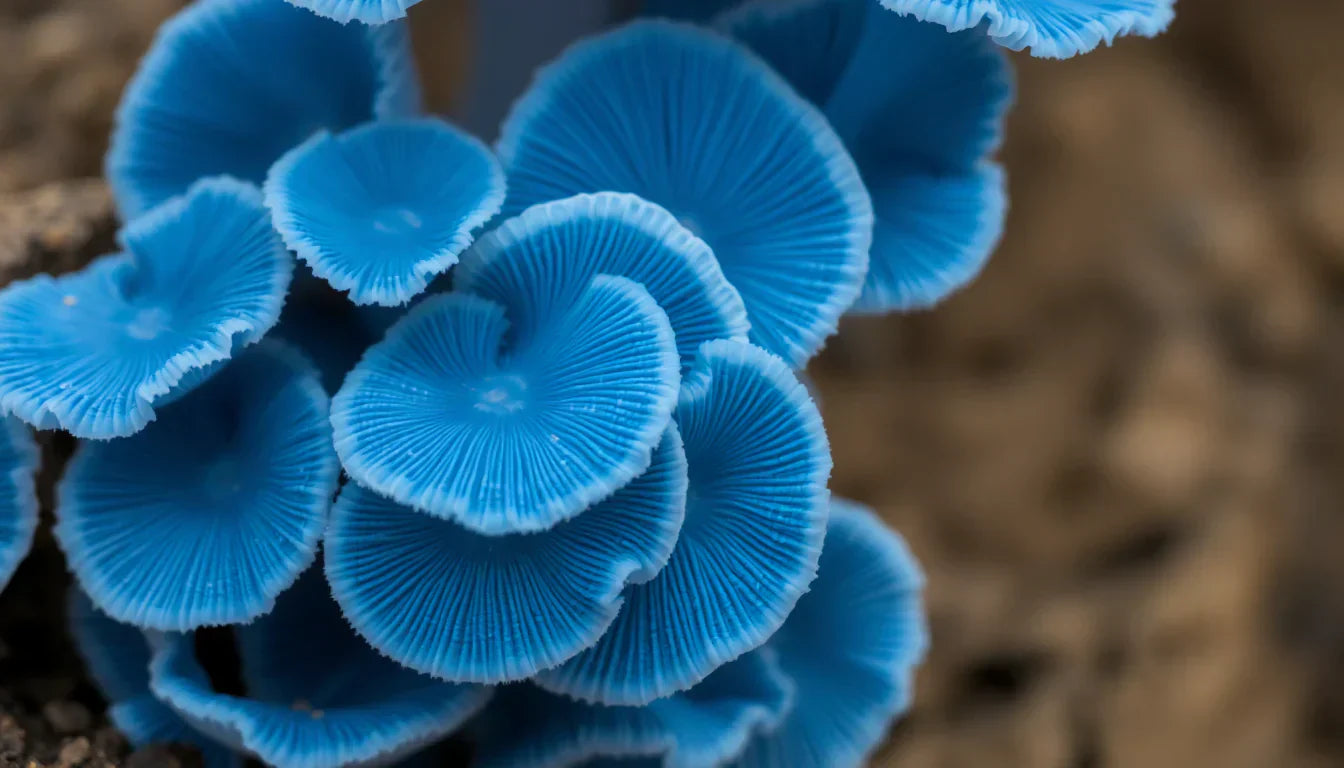
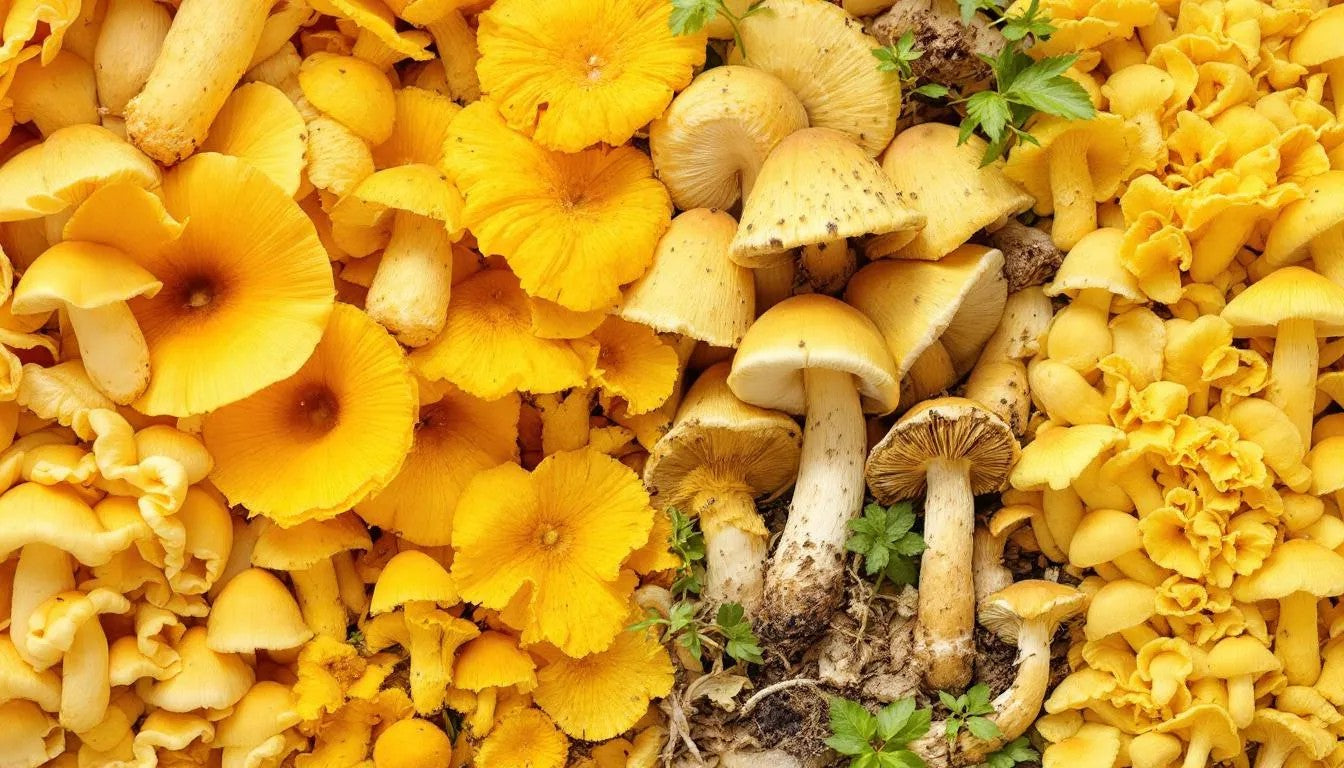

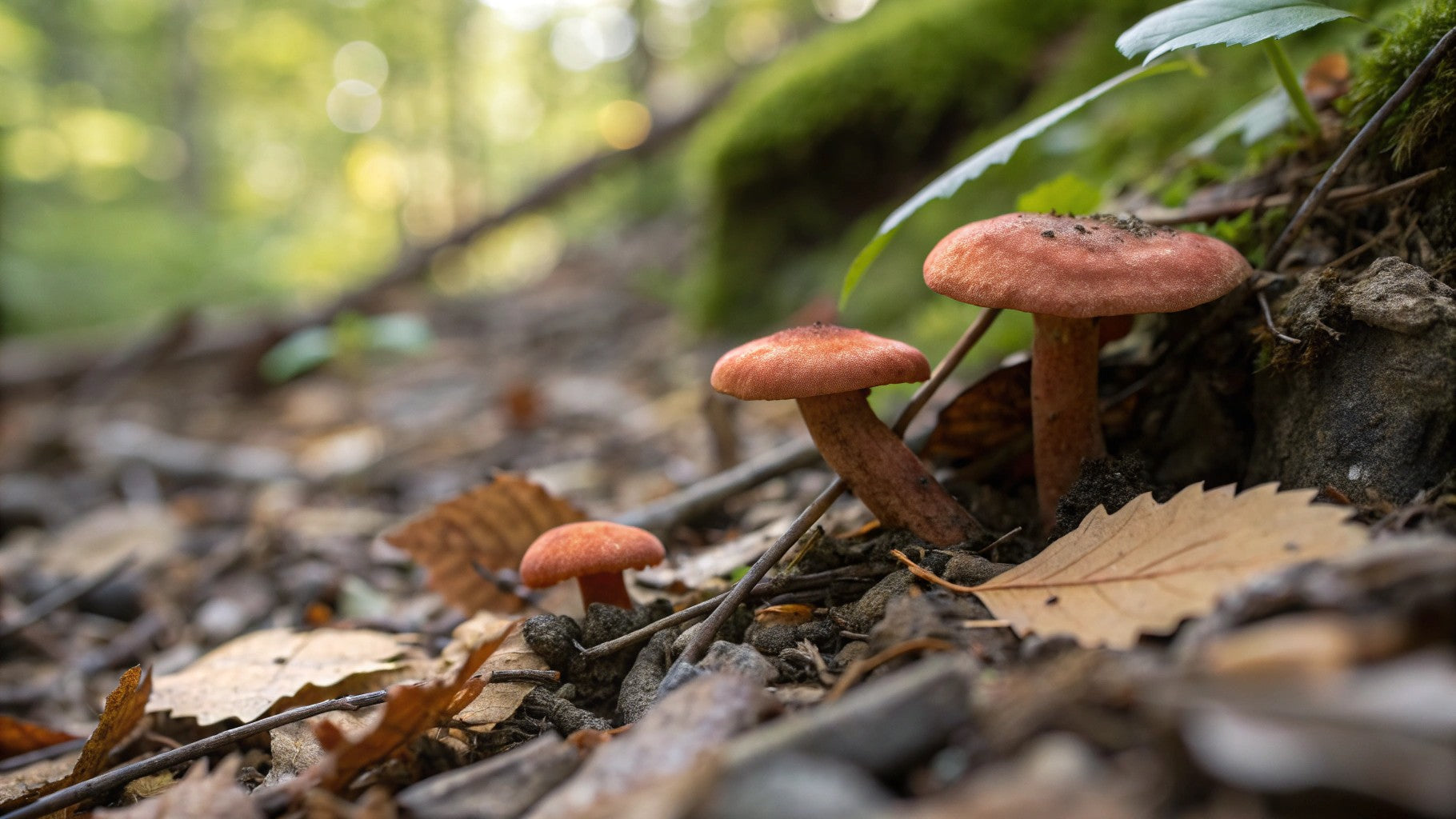
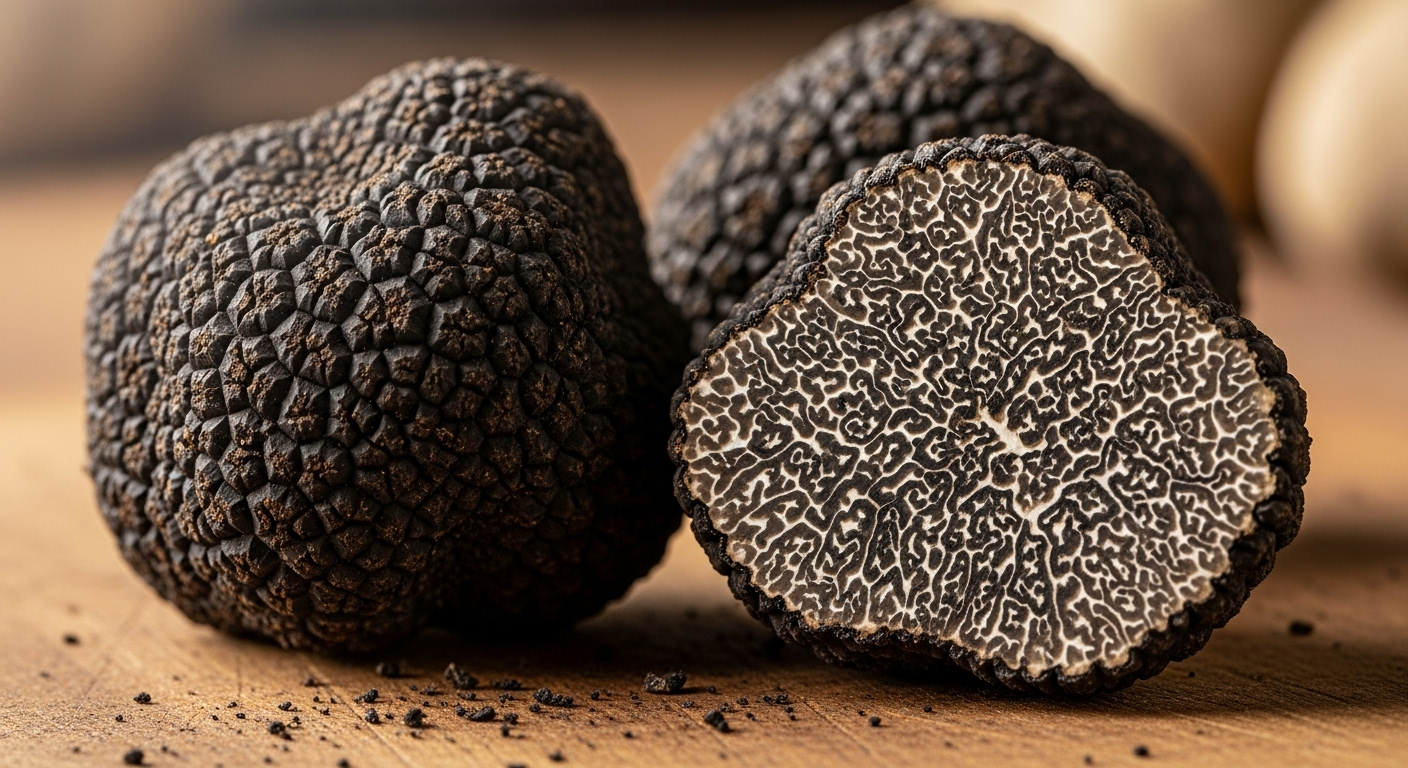
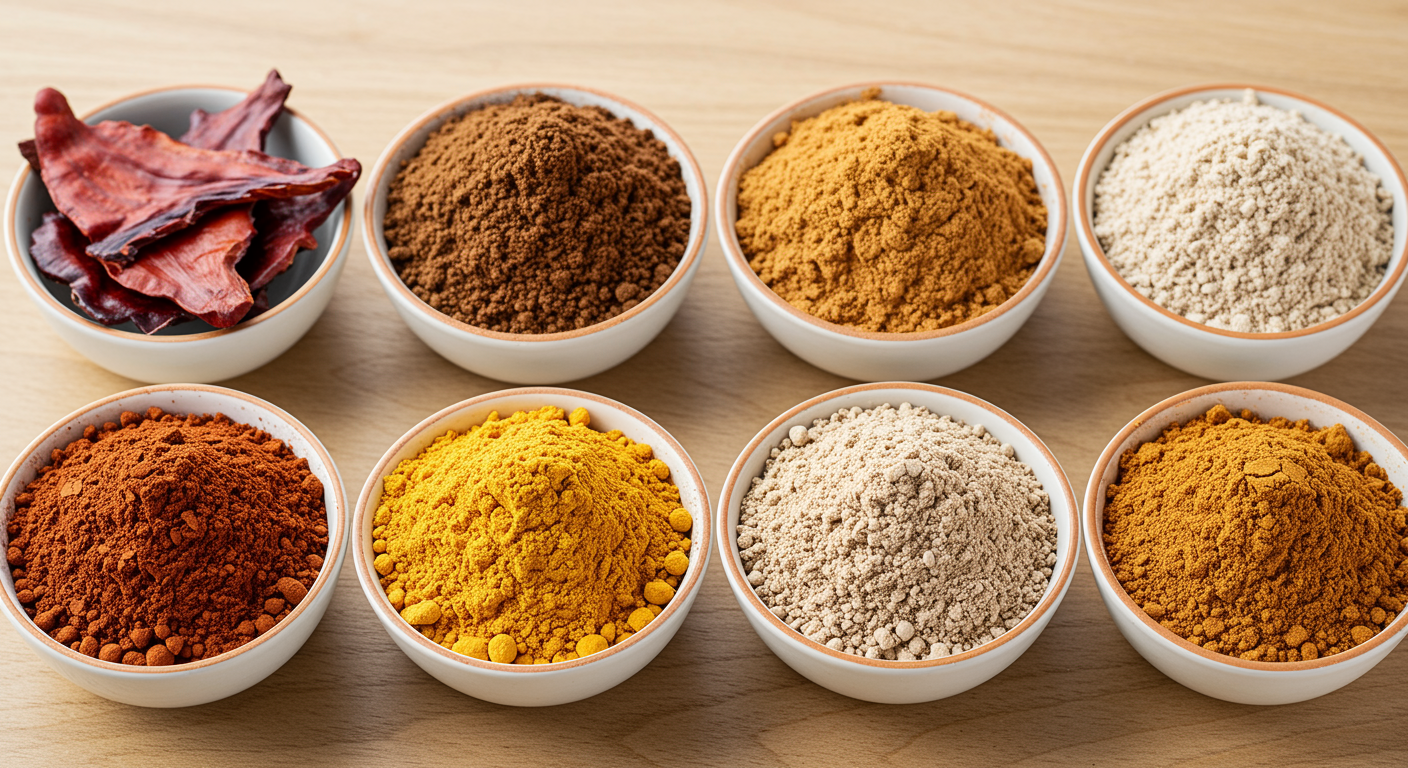

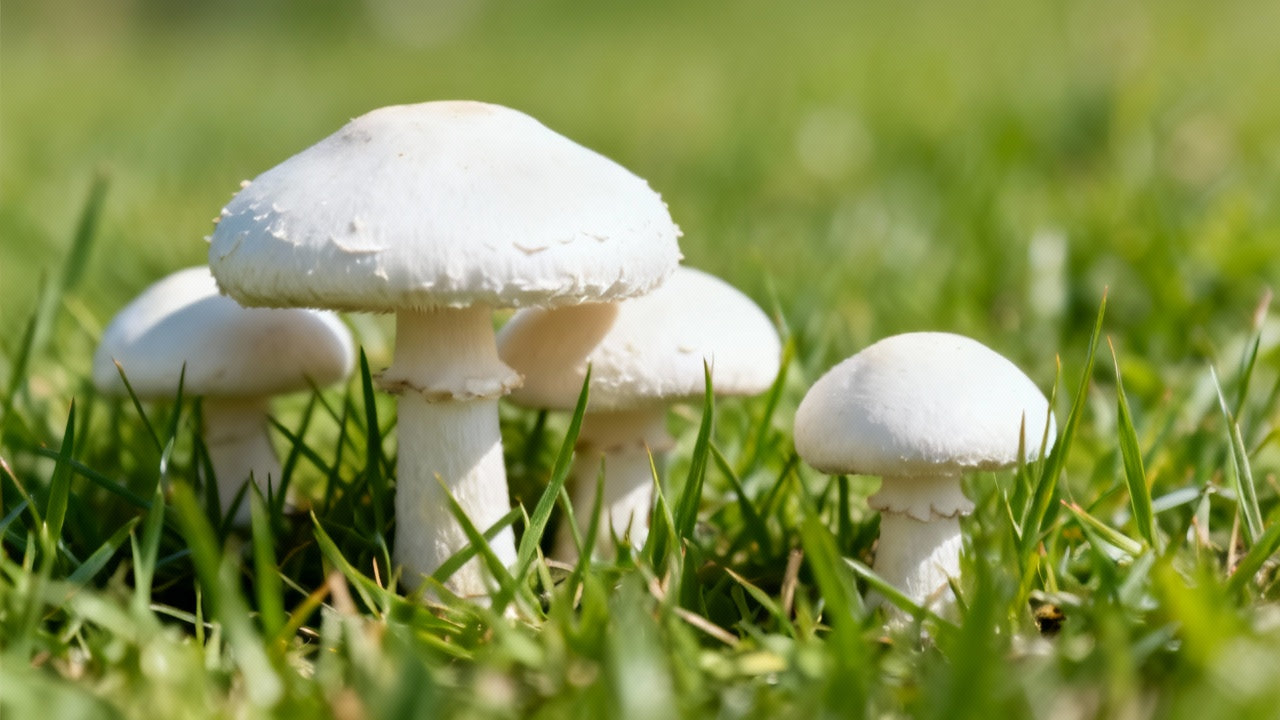
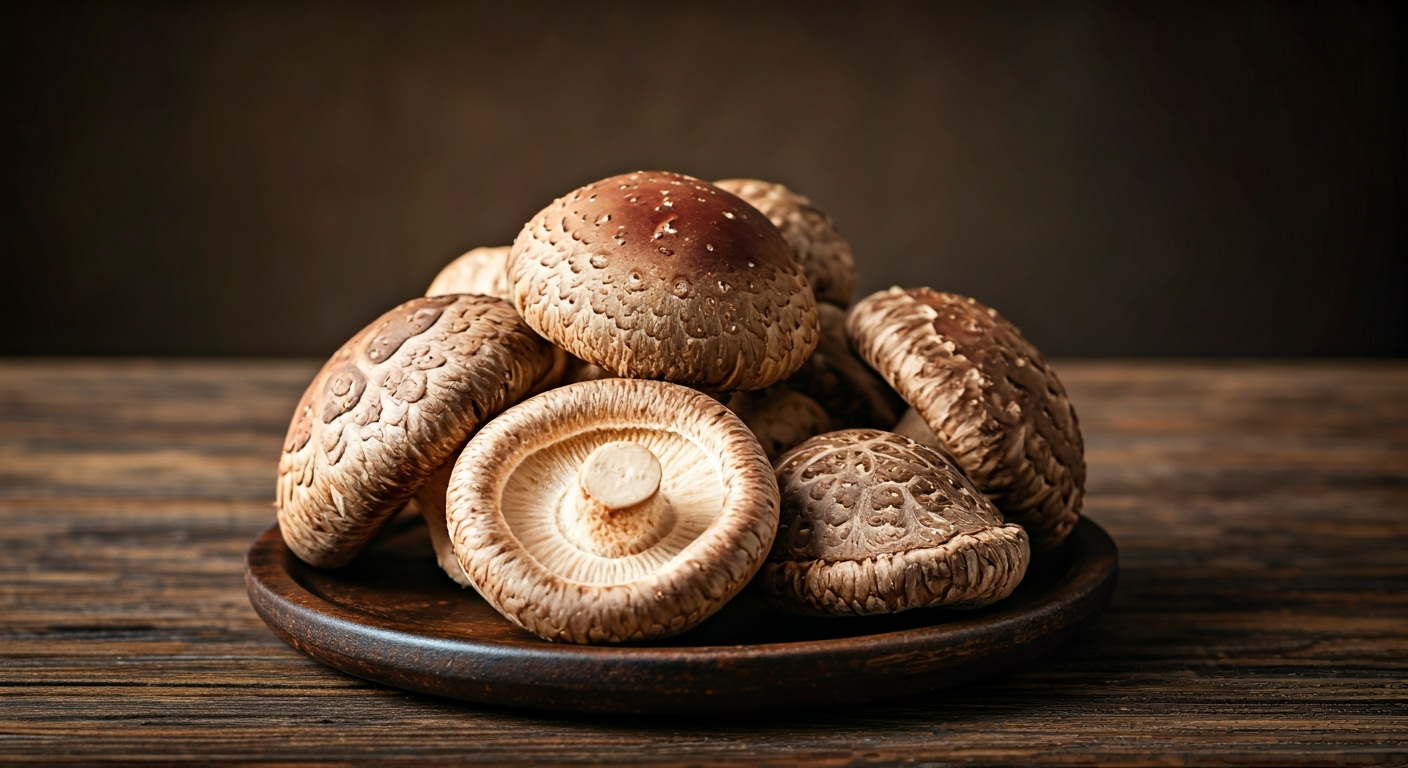
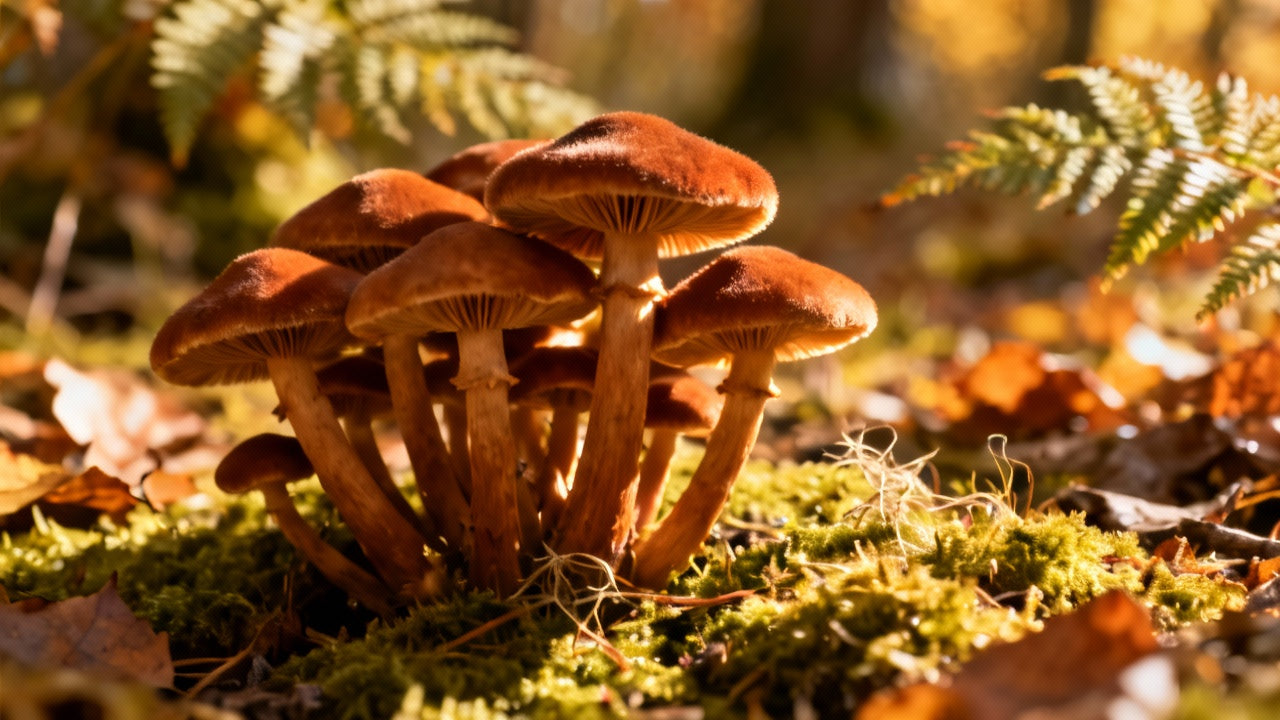
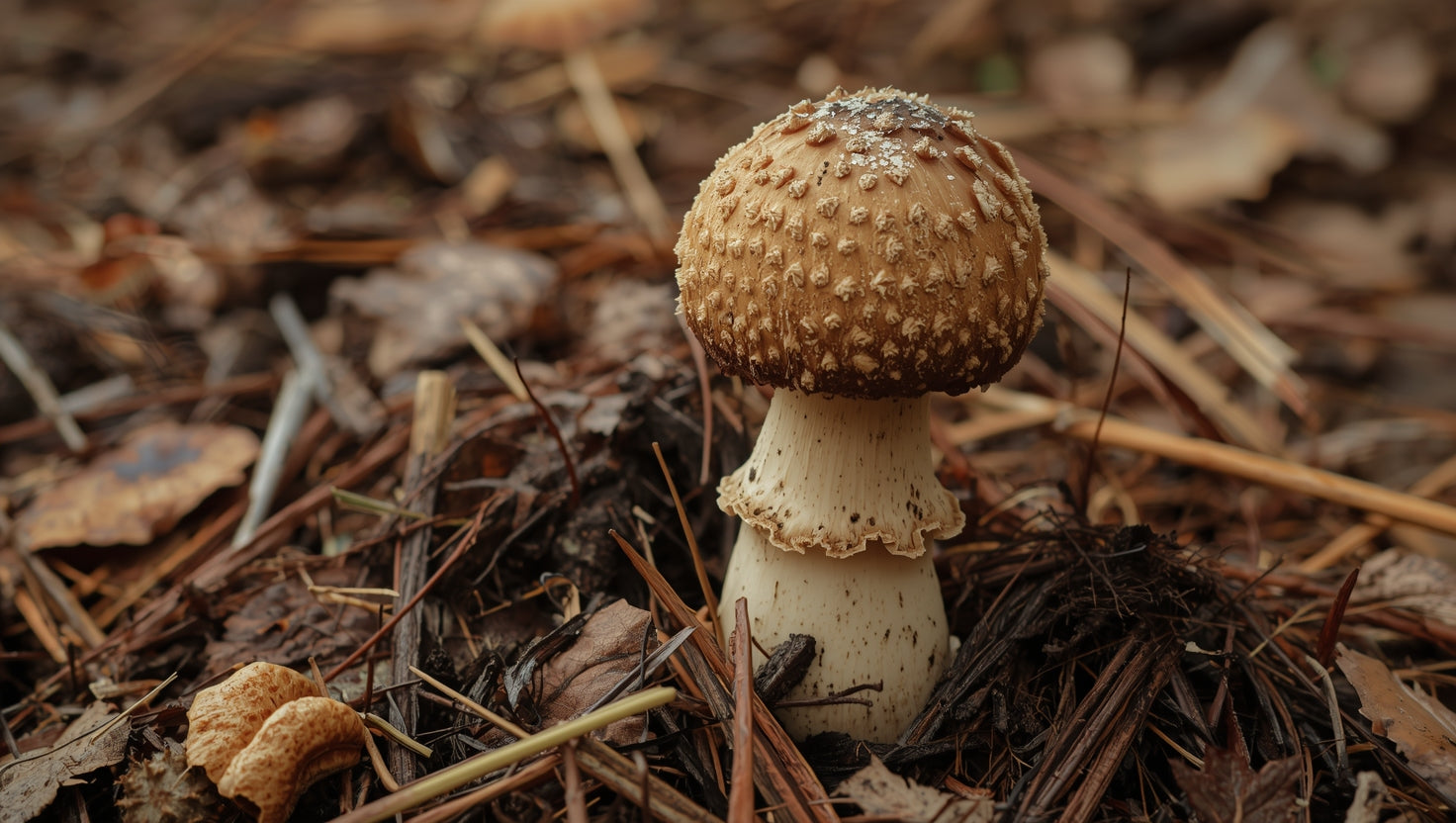
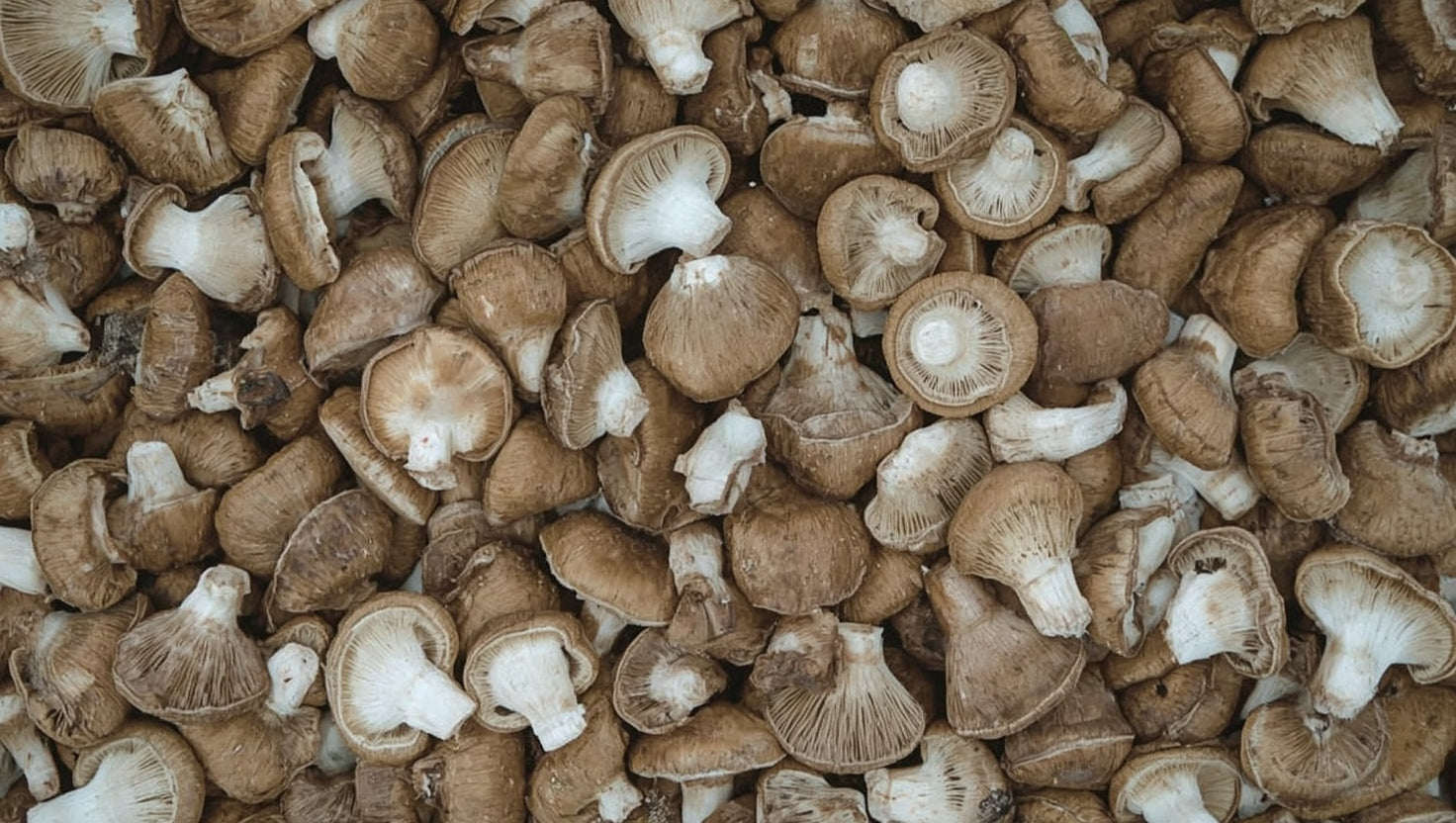
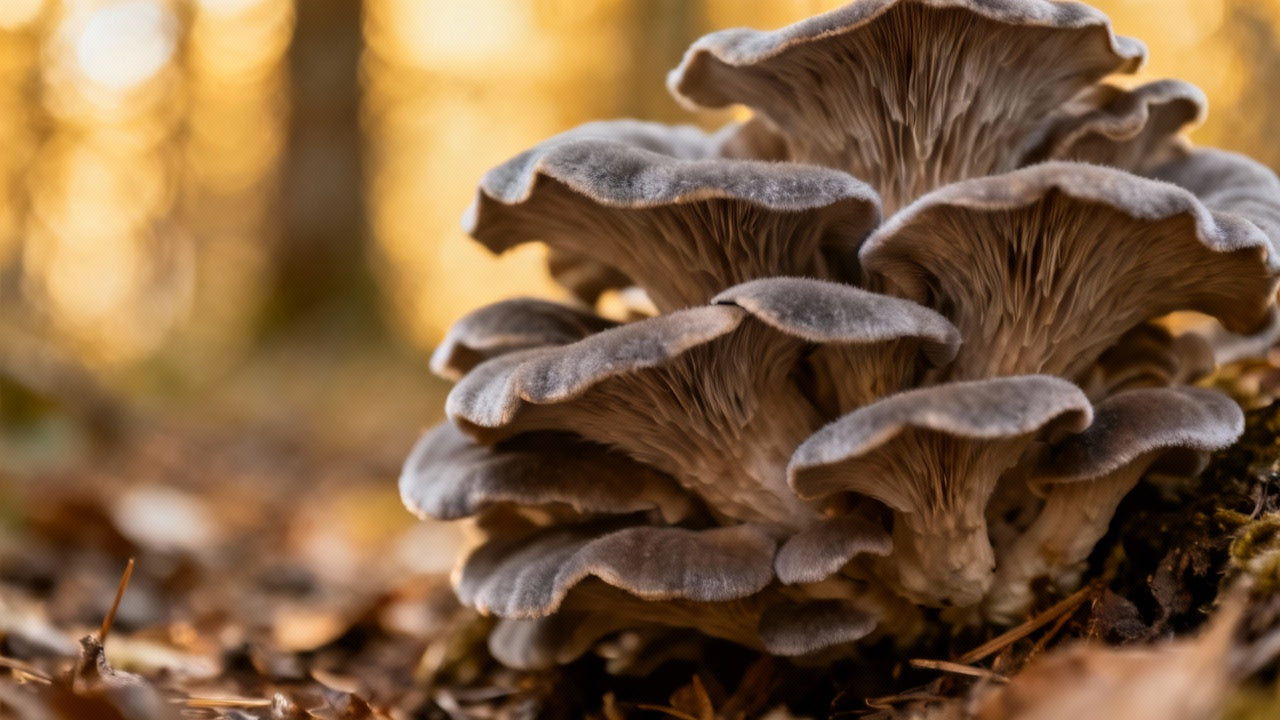
Share:
Health Benefits of Morel Mushrooms: Nature’s Hidden Treasure Uncovered
King Oyster Mushroom Recipe: A Culinary Delight